Walking is a basic ability that most of us don’t think twice about—until age starts taking a toll on our muscles and balance. As the years go by, muscles weaken, and shaky knees can turn once-smooth strides into wobbly steps. While many people focus on anti-aging routines for their skin, they often overlook the importance of staying fit to maintain mobility. A new study published in PLOS One highlights a simple yet powerful way to monitor how aging impacts the body: by testing balance on one leg.
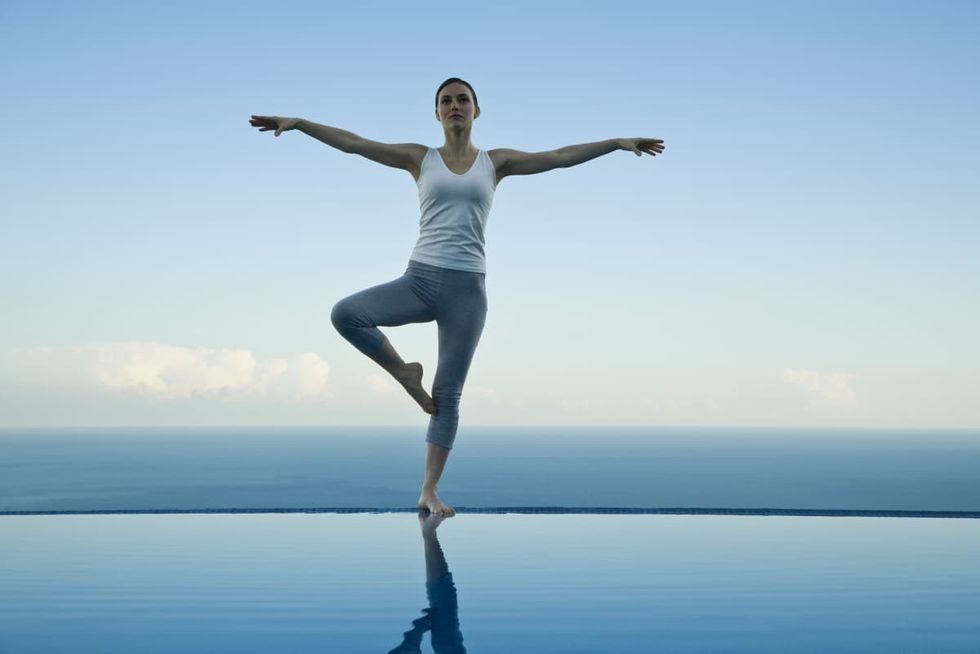
"This study underscores the significance of the unipedal balance test in monitoring elderly subjects in the community, regardless of sex," the researchers wrote in the paper, before adding, "The duration an individual, whether male or female, can maintain balance on one leg emerges as the most reliable determinant of aging, surpassing strength, gait, and other balance parameters."
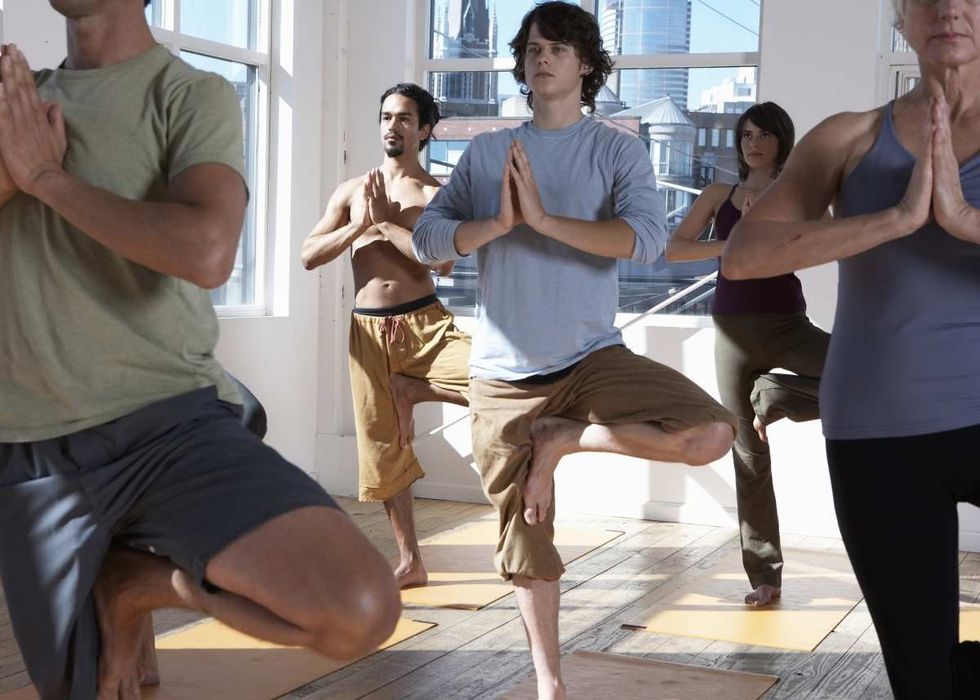
As people get older, their bodies lose muscle mass and muscle strength as part of a process called “sarcopenia.” Not only does the strength of the muscle decrease because of this, but the body’s ability to repair muscles also suffers. "Aging causes a decline in mental and physical capacity. Gradual loss of physical activity is a characteristic of aging. Sarcopenia is one of the most devastating impacts of aging, resulting in the loss of muscle mass, strength, and function," the researchers wrote. "Adequate muscle strength, efficient gait, and good balance, which decline with age, are crucial contributors to independence and well-being."
The researchers found that a person’s ability to balance on one leg deteriorates faster with age than gait, grip, and knee strength. “If you have poor balance, you’re more likely to fall,” Kenton Kaufman, a study author from Mayo Clinic in Rochester, told The Washington Post. “The ability to balance on one leg is “an important predictor” of someone’s risk of falling, he noted, “If you can’t stand on your leg for five seconds, you’re at risk of falls. If a person can stand on their leg for 30 seconds, they’re doing really well, especially if they’re older.”
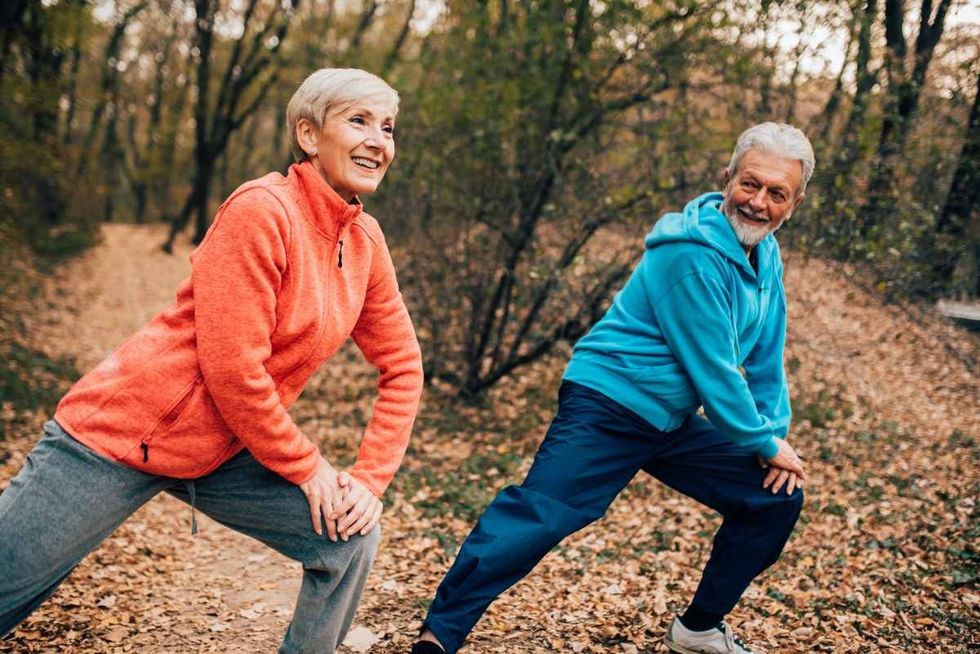
To carry out the study on how aging impacts gait, balance, and orientation, the researchers brought in a group of 40 participants, all locals of Rochester. The one-leg experiment was carried out on both their dominant and non-dominant legs to assess how well they could balance themselves to observe how old their bodies were getting. They discovered that the balance was directly proportional to how old a person was.
However, some experts believe that further research is needed to confirm this hypothesis, given the small sample size of just 40 participants. Lyndon Joseph, an exercise physiologist at the National Institute on Aging, told The Washington Post, “To really validate this, it’s probably going to have to be done in a larger population. But this is an interesting start.” Ultimately, the best humans can do is to practice regular exercise to maintain their balance and gait, such as standing on one leg while brushing their teeth.





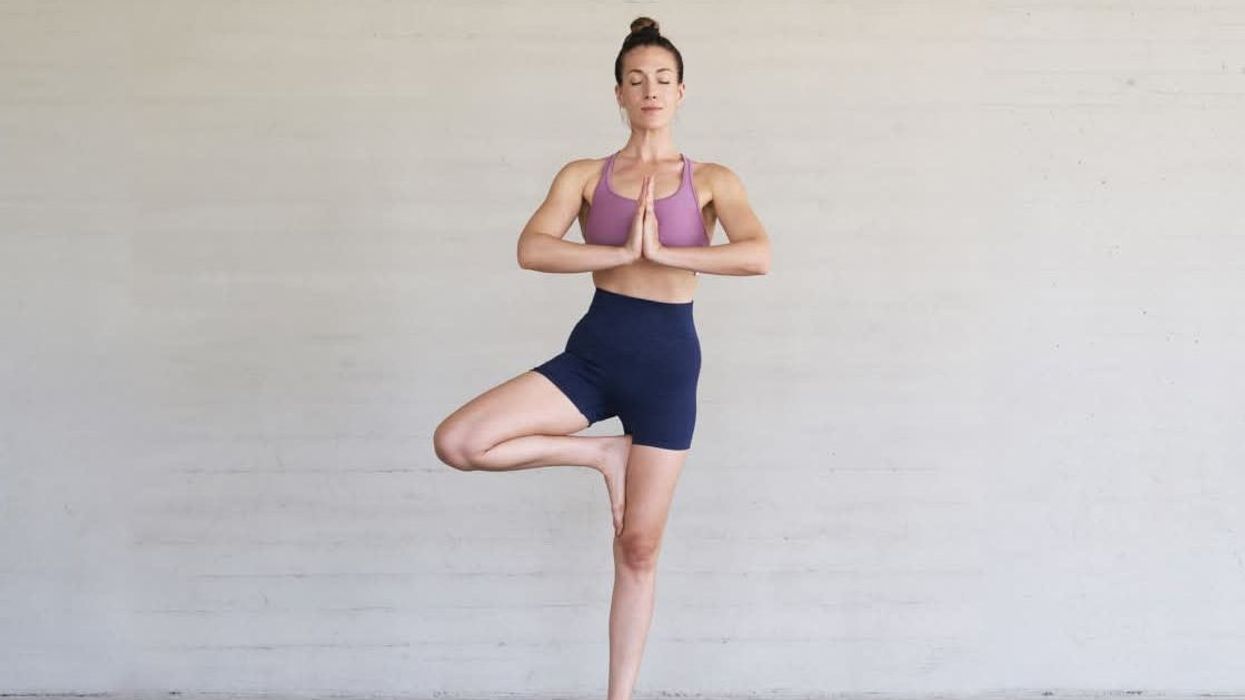













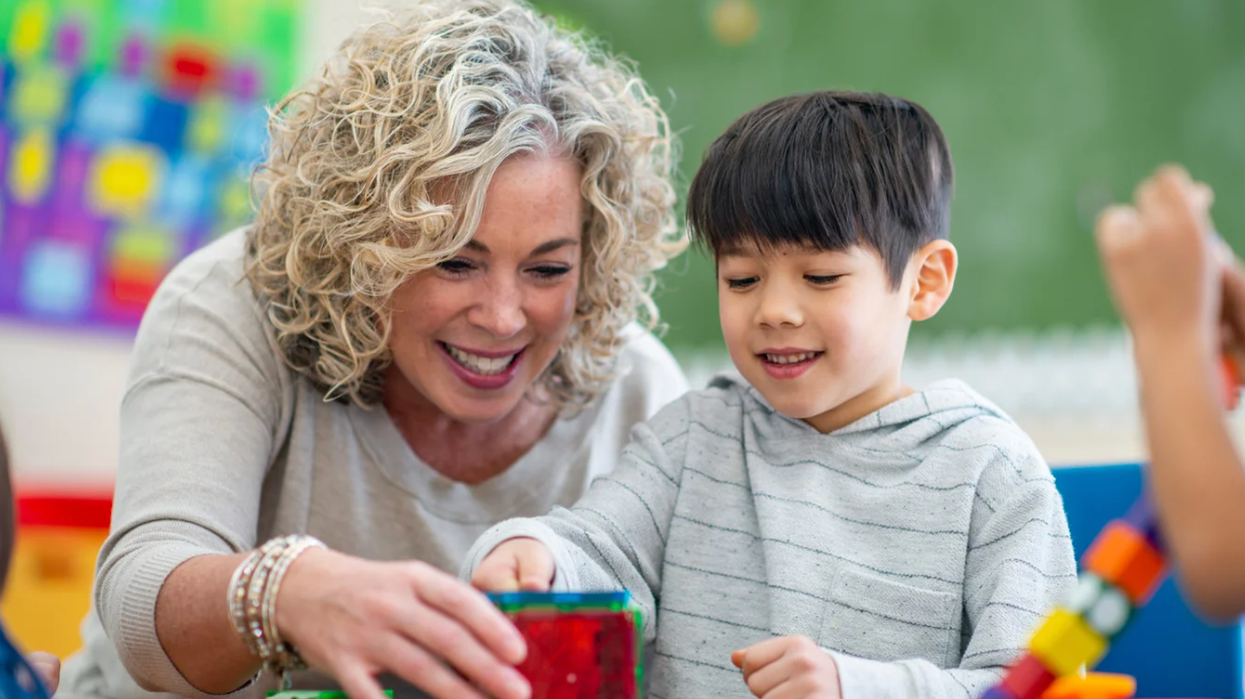
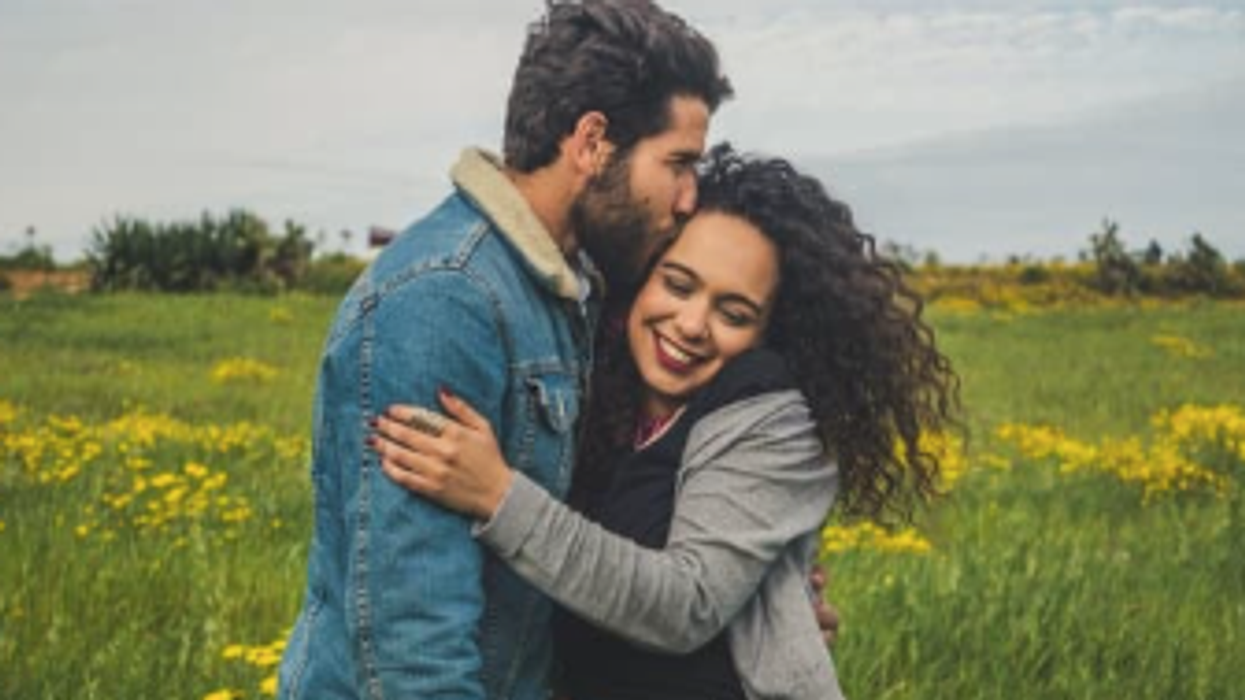
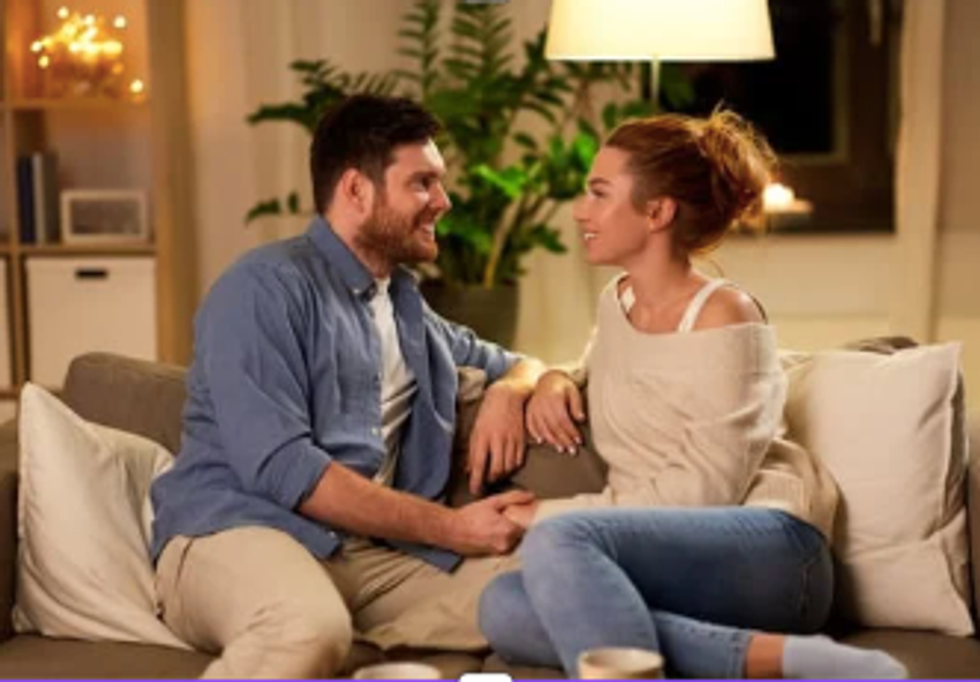 There are plenty of low or no-cost date ideas.Canva
There are plenty of low or no-cost date ideas.Canva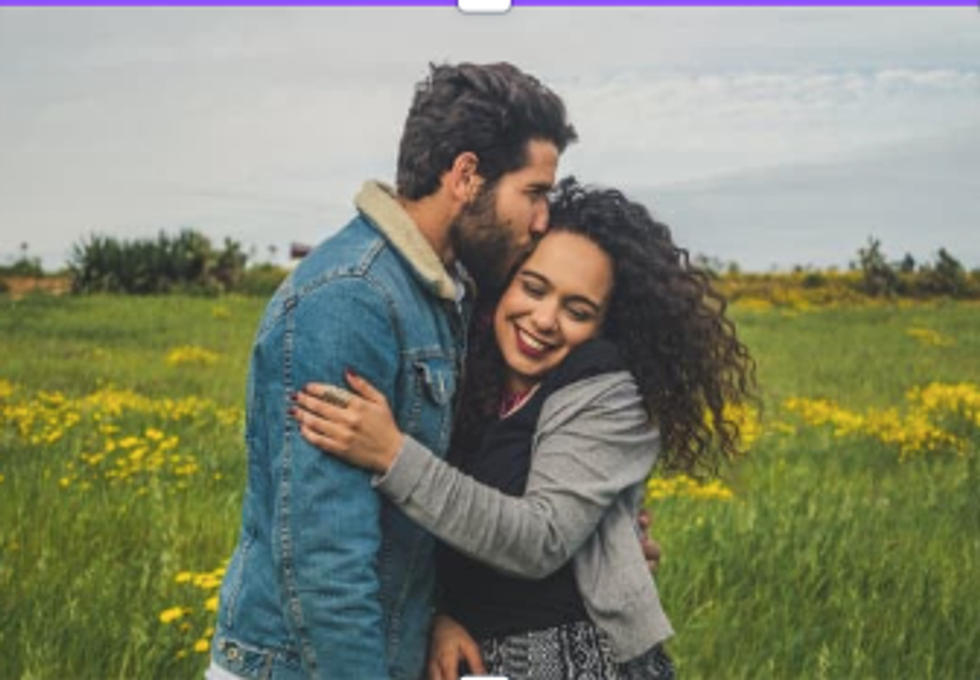 Couples can energize their relationship by finding bonding moments that reignite their wonder.Canva
Couples can energize their relationship by finding bonding moments that reignite their wonder.Canva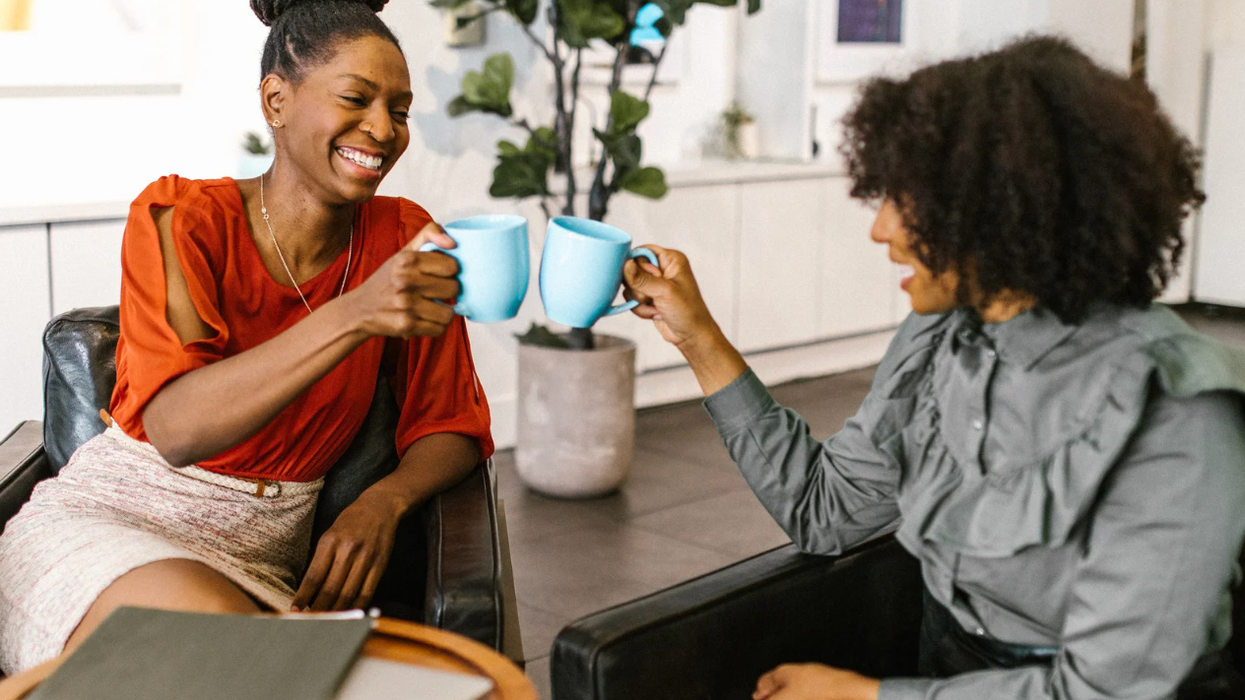
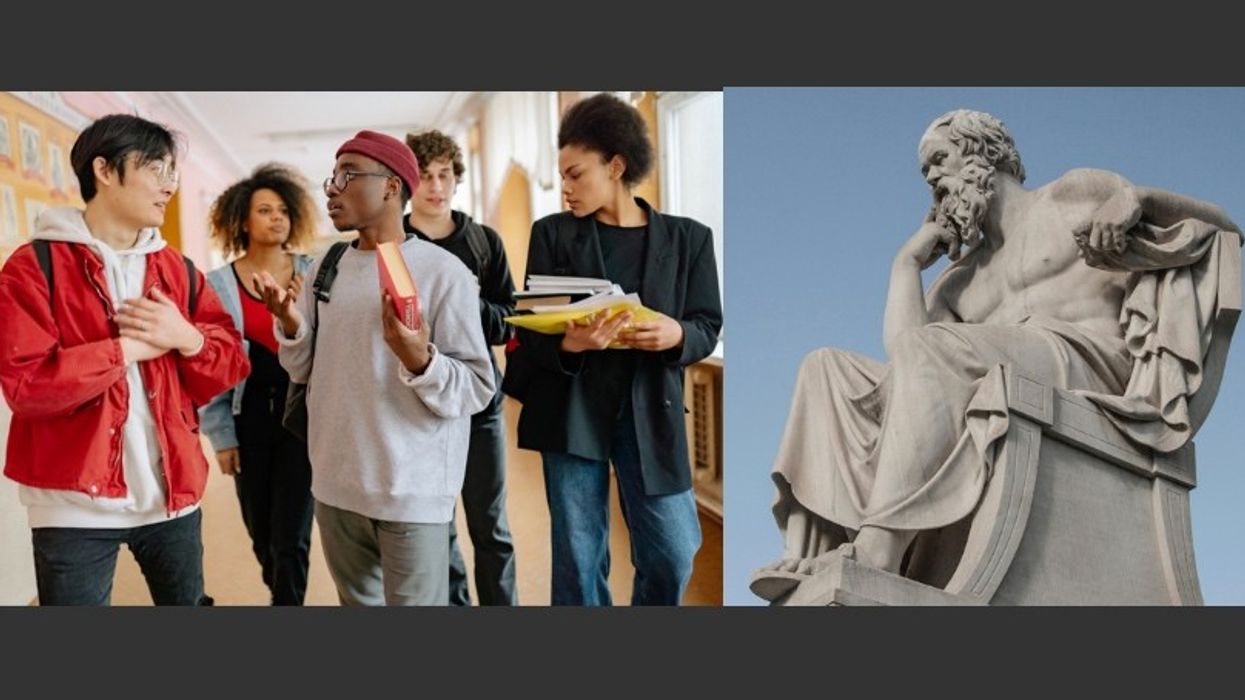
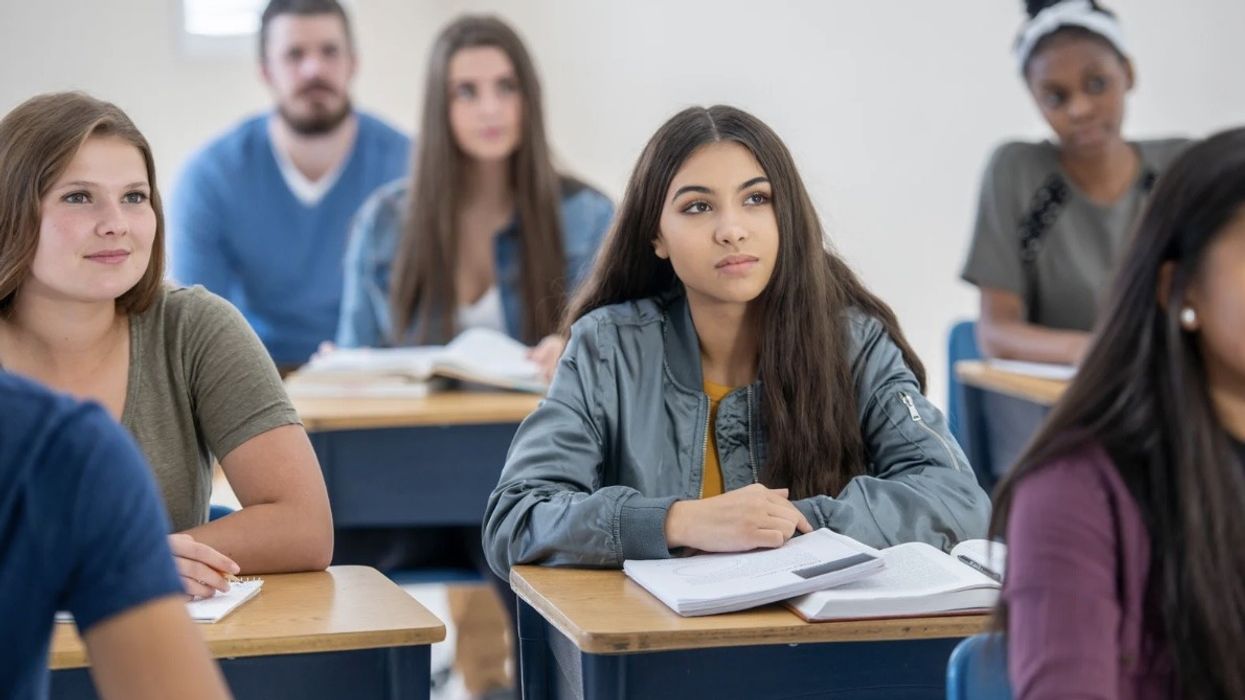
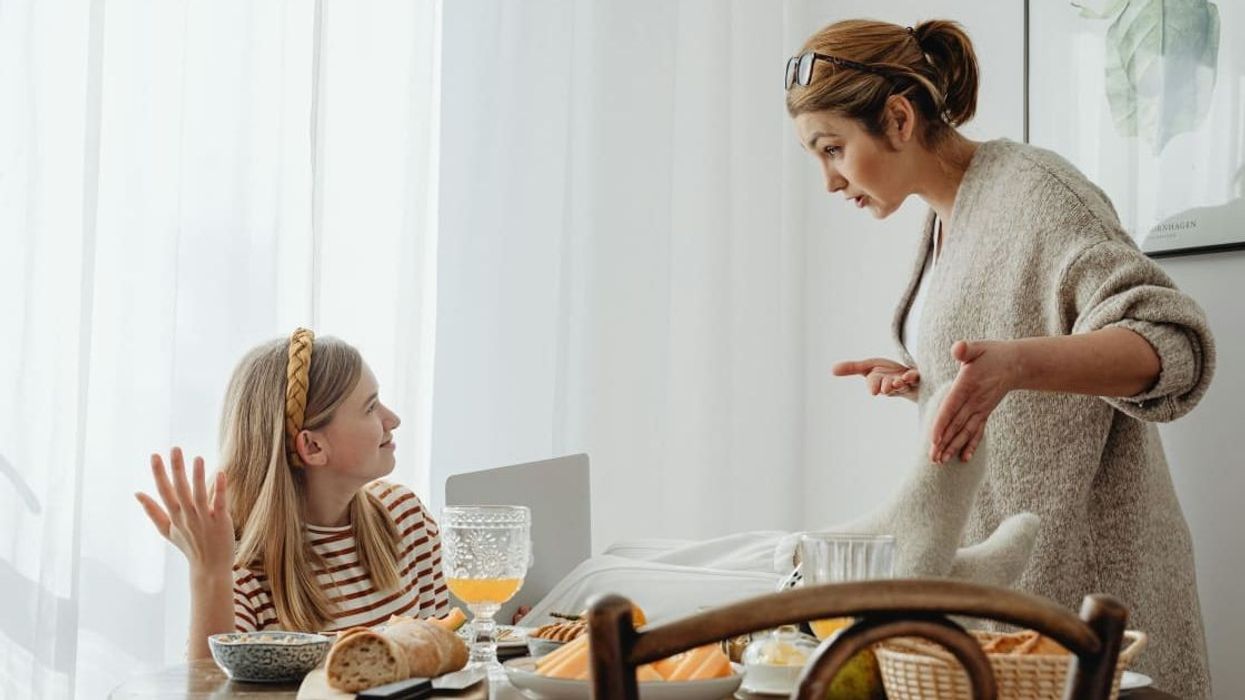
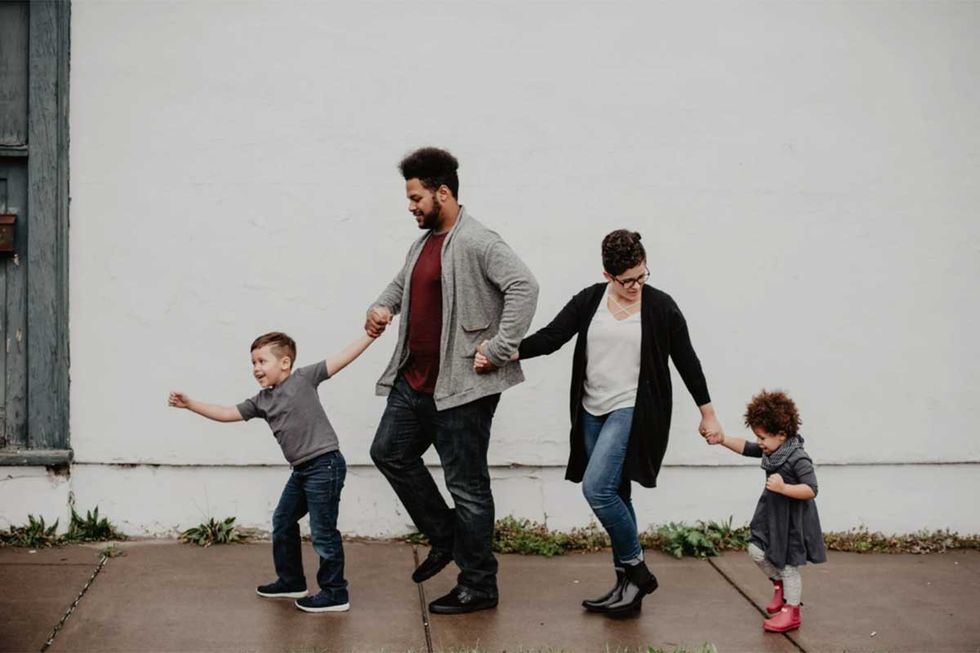 A family holding hands.
A family holding hands.